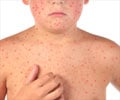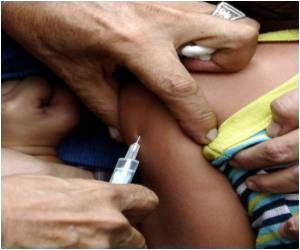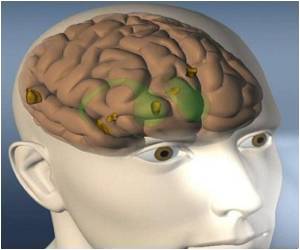Surface proteins of a cell twist a viral protein into position, allowing the virus to start infection and cause Measles, all these movements resembles ball-room dance, say Mayo Clinic researchers.

According to the researchers, the measles virus is small and has an outer "envelope" with two proteins, one that interacts with a cellular receptor, its dance partner, and another that fuses the viral envelope with the cell membrane, starting infection.
"It was known that the viral attachment proteins always come in pairs, and recently it became clear that two pairs form a quartet.
"Pairs initially face each other, and we show here that the upper bodies separate when the dance begins. We suggest that they then engage a partner from the other pair of the quartet, while the legs are still dancing with those of the original partner," said Cattaneo.
As this dance continues, the cellular receptors weaken the layer of attachment proteins that protects a lower layer of fusion proteins. When enough quartets become twisted and unstable, the top layer fails abruptly. This failure causes unfolding of the proteins in the lower layer, and, in turn, fusion with the cellular membrane, he added.
The viral genome, now inside the cell, tells it to stop dividing and mandates the building of new viruses.
Source-ANI
 MEDINDIA
MEDINDIA




 Email
Email







